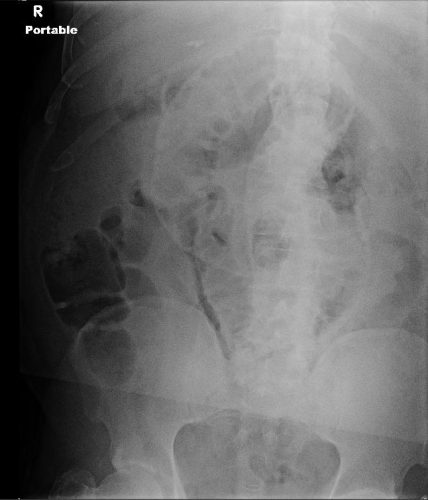Oops, I’ve got to backtrack a little. I just ran across a newly published study from the authors mentioned in Part 1 of this series a few days back. I pointed out some of the issues that surfaced as they tried to “hit the numbers” for factor anti-Xa levels in patients from their hospital. Here’s a breakdown of the new study.
First, I love the beginning of the title:
“If some is good, more is better”
Really?
Recognizing that 30% of patients had low anti-Xa trough levels when given the standard 30mg bid dosing regimen for enoxaparin, the authors engaged in some fancy predictive and statistical models to come up with a new one. A good portion of the methods section of the paper is devoted to explaining the machinations of exactly how they did this.
They used a patient dataset that was a little fresher than from Part 1. Three years of data from 2011 to 2014 were reviewed, and 275 patients were used to generate the new models. They selected one of seven candidates, based on a combination of simplicity and fewer supranormal levels of anti-Xa. They used this model to guide dosing to the next 145 patients. Here is the new regimen:
| Weight | Dose (q 12 hrs) |
| 50-60 kg | 30 mg |
| 61-99 kg | 40 mg |
| > 100 kg | 50 mg |
And here are the factoids:
- Of the 275 patients used to create the model, 70% were subtherapeutic. (This is exactly the same number as in the first paper, but a different number of patients. Hmm.)
- With the new dosing regimen in place, only 21% were subtherapeutic
- Patients with supratherapeutic anti-Xa levels increased from 2 to 5% using the new routine
- VTE was the same, at about 3-4%
- Four patients developed VTE on the new regimen, and 3 of them had therapeutic anti-Xa levels (!)
Bottom line: A lot of modeling and statistical work went into the production of this paper. I still wonder why the number of patients included over 3 years is so low for such a busy center. But the authors certainly showed that they could improve the rate at which they “hit the number.” But how important is this, really?
The concluding sentence of the abstract reads, “further studies are needed to determine whether such dosing decreases venous thromboembolism rates.” Perhaps we should figure that out before continuing to spend lots of time playing with dosing changes and blood tests.
- Enoxaparin And anti-Xa Levels: Who Cares? Part 1
- Enoxaparin And anti-Xa Levels: Who Cares? Part 1.5
- Enoxaparin And anti-Xa Levels: Who Cares? Part 2
- Enoxaparin And anti-Xa Levels: Who Cares? Part 3
Reference: If some is good, more is better: an enoxaparin dosing strategy to improve pharmacologic venous thromboembolism prophylaxis. J Trauma 81(6):1095-1100, 2016.


